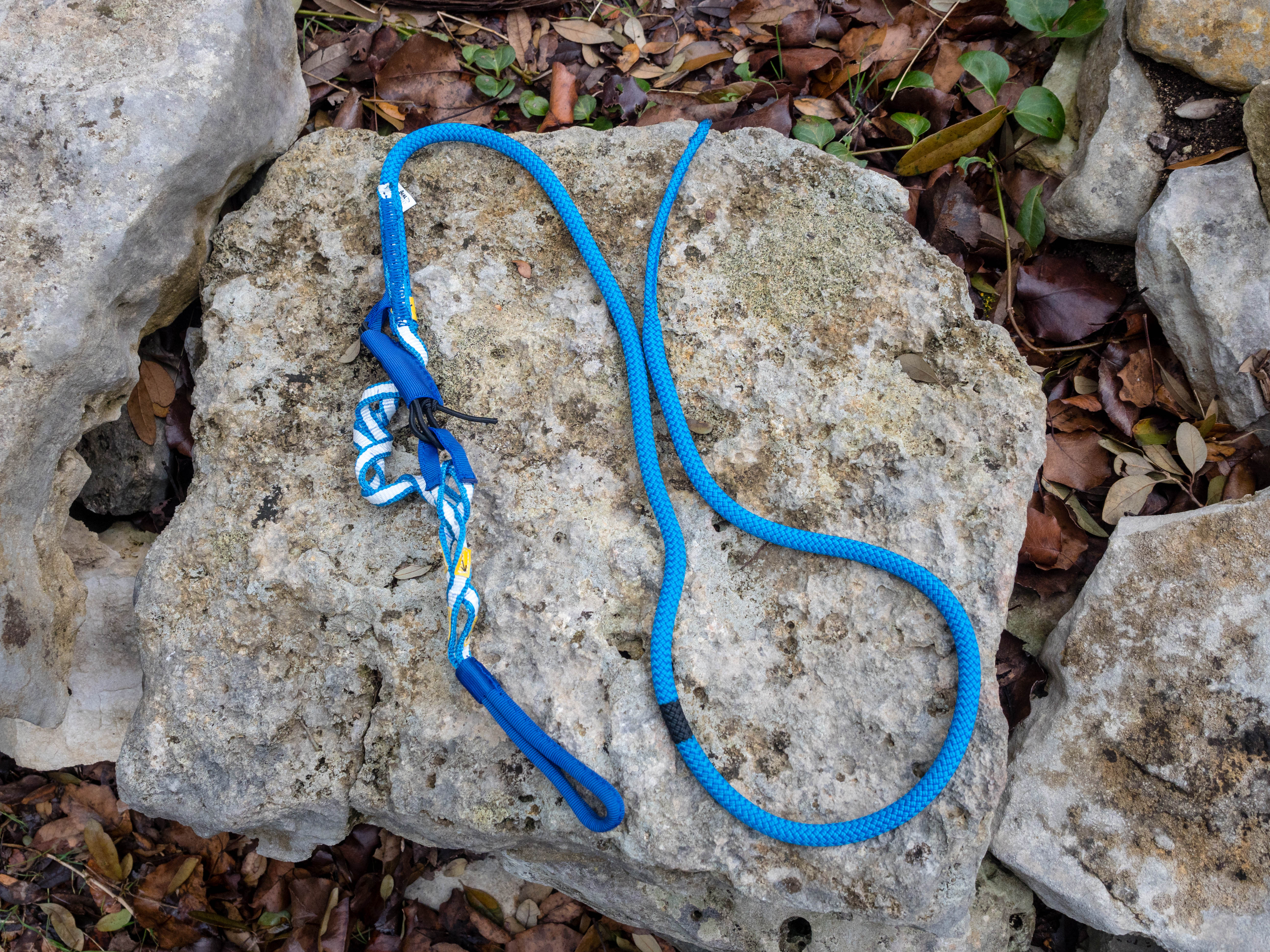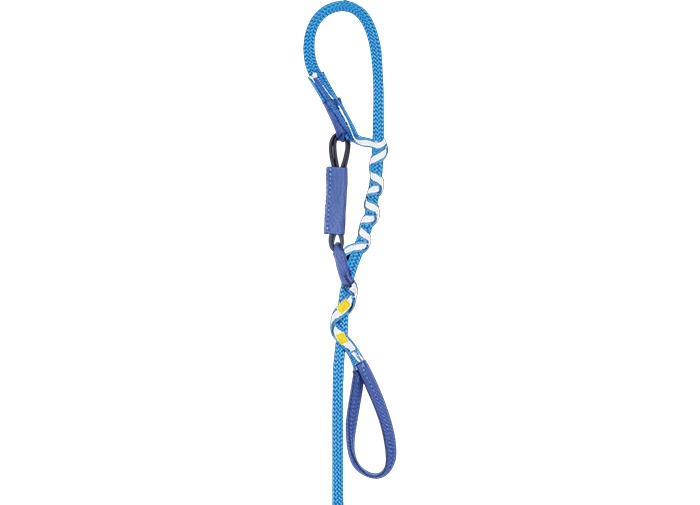This Beal Escaper is an emergency descent device that allows climbers to rappel the full length of a single rope and release it from the anchor from the bottom of the rappel. We put it to the test in Mexico’s Potrero Chico.

A controversial climbing product, the Beal Escaper, works like a Chinese finger trap. It’s a rope-releasing mechanism for full-length, single-rope rappels. I tested it in a climbing gym last week and described it in detail here.
Disclaimer: Beal doesn’t intend the Escaper for typical rappels. The Escaper is for dire situations. Climbers should not use it as a primary rappel method. It is not rated by the CE or the UIAA (as it’s a one-of-a-kind tool), which made us nervous in initial testing.
But for those who could wind up in a dangerous situation where only a full-length, single-rope rappel will get out of harm’s way, it could be a godsend.
Use at your own risk. This is our assessment after cautious testing.
After using the Escaper in controlled conditions of a climbing gym, I took it to a much bigger climber’s playground – El Potero Chico in Mexico. For those who want more background on the product, please read the in-depth review here.
Beal Escaper: Testing on Rock Walls
The Beal Escaper hung from my harness on all the multi-pitch routes we did in El Potrero Chico, but we wanted to deploy it when the situation felt more controlled.
We were most interested in testing it in the worst-case scenario: low-angle retreats or rappels that contained ledges. These scenarios could create unloading, which is the mechanism by which the device releases the rope. This caused the most mental challenge in trusting the Escaper.
We found a ledge with a double bolt anchor at about 30 feet. It had a couple of ledges and was slabby, precisely the testing conditions desired, and the terrain was tame enough that we could easily escape the rappel at any point.
My climbing partner remained at the anchor to maintain visual contact on the Escaper throughout the test. Loading the prepared Escaper produced a little bit of slip as the Dyneema wrap extended and grasped the device’s rope. Once the wrap took it’s “set,” everything remained consistent throughout the rappel.

I made sure to maintain the 22-pound minimum load on the rappel line, on both the lower-angled slab and when encountering the ledges. My partner then untied the backup knot on the Escaper’s tail (recommended in the instructions), made sure the device was still threaded correctly, and rappelled himself. Once on the ground, it took at least 15 pull-and-release cycles to release the Escaper from the anchors.
Now that we both have witnessed the Beal Escaper function in this relatively controlled environment, we are now both comfortable using it as a backup system. To reiterate, this is not intended as a primary rappel.
In dire situations, the Escaper could potentially get us back on the ground. And when not in use, the light and compact system can live quietly in a summit pack.










